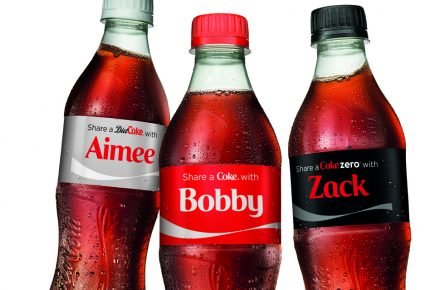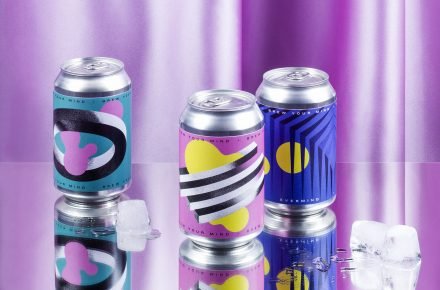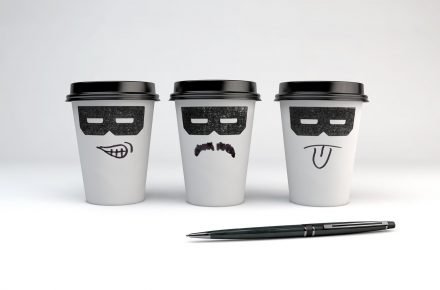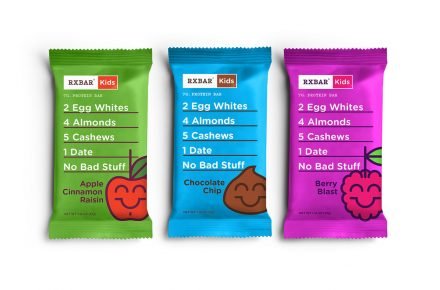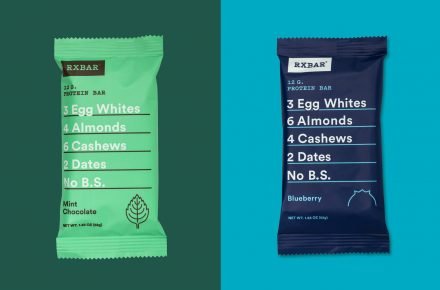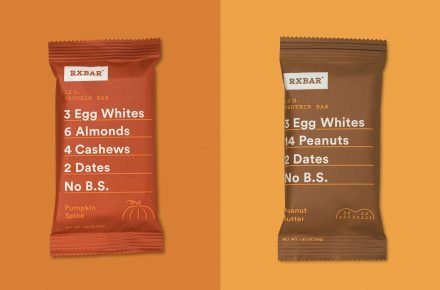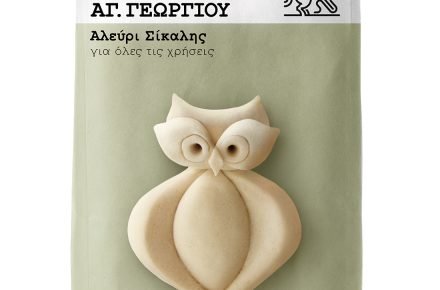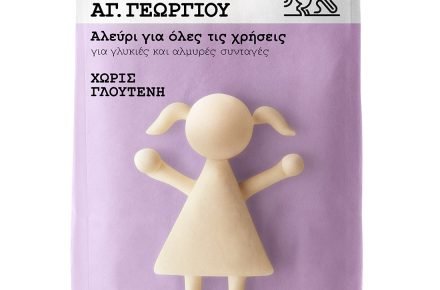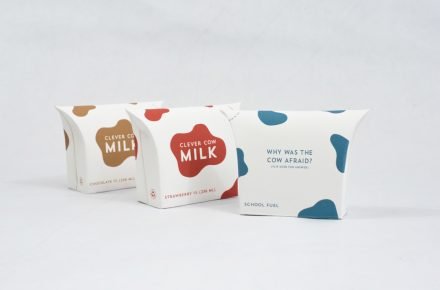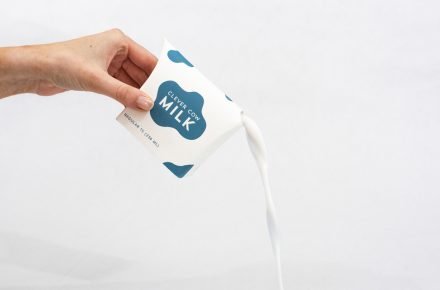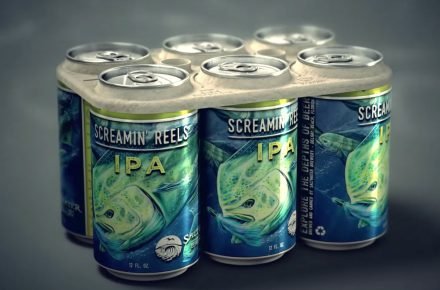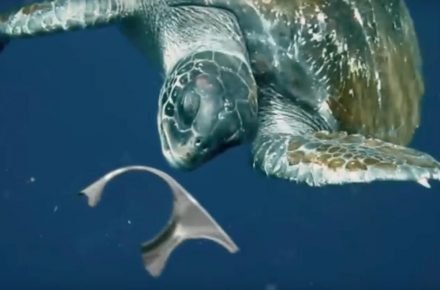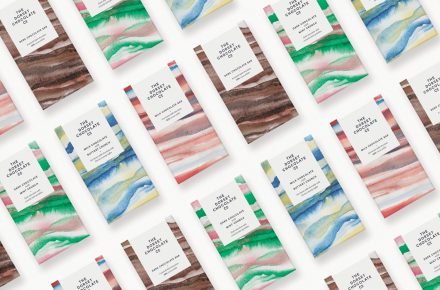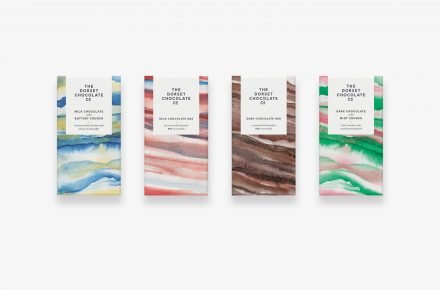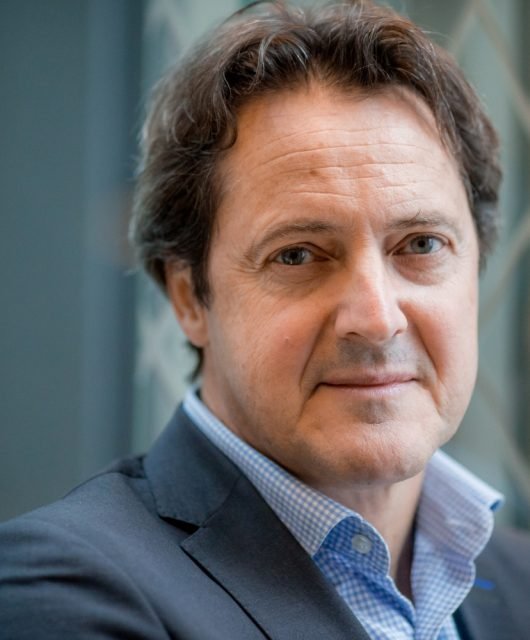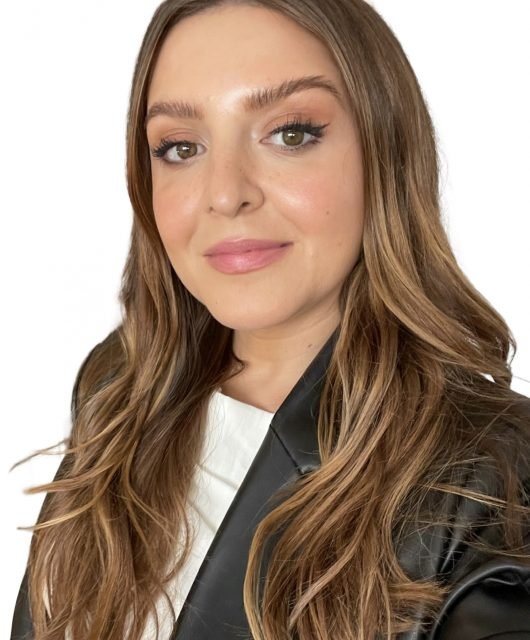Packaging Trends And The Consumers Influence
Packaging is one of the most beautiful collaborations of form, function, and visual communication design. It’s one of my favorite places to go when looking for inspiration. It’s one of the most influential pieces of design as it touches everyone on a daily basis.
The basic form of packaging from its inception was purely functional, containing and keeping a product safe or contaminant free and yes, as designers, making a simple box look beautiful wasn’t an issue. But over the years with the advancements of technology and new demands, not only by consumers but the environment, we have to drastically rethink how we can change the industry moving forward.
Today’s world consumers are getting smarter and want more transparency. They value not only how the product looks and feels but also what is in the product and how it’s made. This is effecting all aspects of design, the form, the graphics, and actually the function of the package even after we consume it.
Today’s design trends are being driven further and faster than ever before and what seems to be a little refreshing is that they seem to be getting back to some of our creative roots we’ve all been taught to believe in. Moving forward here are a few that are rising to the top.
Getting an emotional reaction
Brands are focusing more on experiences and creating an extra connection with consumers and we’re beginning to see it more and more on the consumer packaging level. It can be as simple as putting your name on the outside of a bottle or take a more abstract approach by creating visually provocative designs that connect more on the emotional level. They may require more of you to uncover or explore that brand but really isn’t that the point.
Utter Simplicity
The days when Photoshop artists spent hours and hours ‘photoshopping’ photorealistic images for packaging are out (not really, we have CGI now) and communication, the basic form for all consumer packaging, is finding its way back to be the hero of the visual language for some brands. When did you ever envision the ingredients of a product would be the focus of a design? Clean design is on the comeback. More and more brands are building the, “less is more”, mantra back into consumer packaging. I believe this is a reaction to consumers wanting more transparency from the brands and products they’re buying, they want the no B.S. version—and I’m loving every minute of it.
Materials are becoming a thing
This is definitely becoming a hot topic. As we all know plastic is a problem but it overwhelming seems unavoidable. It has become so engrained in our daily lives where most see it as a convenience they forget about its enormous burden on the environment. When it comes to the design of packaging, and as this problem gains even more momentum, we, as designers, are going to have to try and influence old habits and figure out unique ways to factor in new and better materials that not only effect the package on the shelf, but the environment as well. It has a life and after-life. For a brand like Saltwater Brewery to make an investment in biodegradable can rings or a Global company like Marriott to make a stand and ban single-use straws or just thinking smart about design and using a common material in an unexpected way. This says something about the willingness to take a step and show consumers they care.
The freedom to be artistic
When it comes to a fine-art approach to design it takes on somewhat of a whole new meaning. When done right we get to experience something very different than just the typical basic product communication. We get to share a unique brand story. We get to smile. We get to put meaning into a product even before we interact with it off the shelf. Some of the brands taking part in this movement have also given their package a platform to bring awareness to topics that need social support or just to create buzz around the brand for a short period of time. They work with artists to create unique one-off designs that people flock to and even collect.
Design is becoming more ingrained in the decision-making process where it was previously owned by marketing. You’re seeing more brands pushing the boundaries of the design of packaging than ever before trying to tap into more emotional feelings through the design. That’s why we’re seeing these very simplistic, more artistic and more emotionally responsive creative. Consumer focused, brand led design is now becoming the true epicenter of the design process as it was always intended to be.

